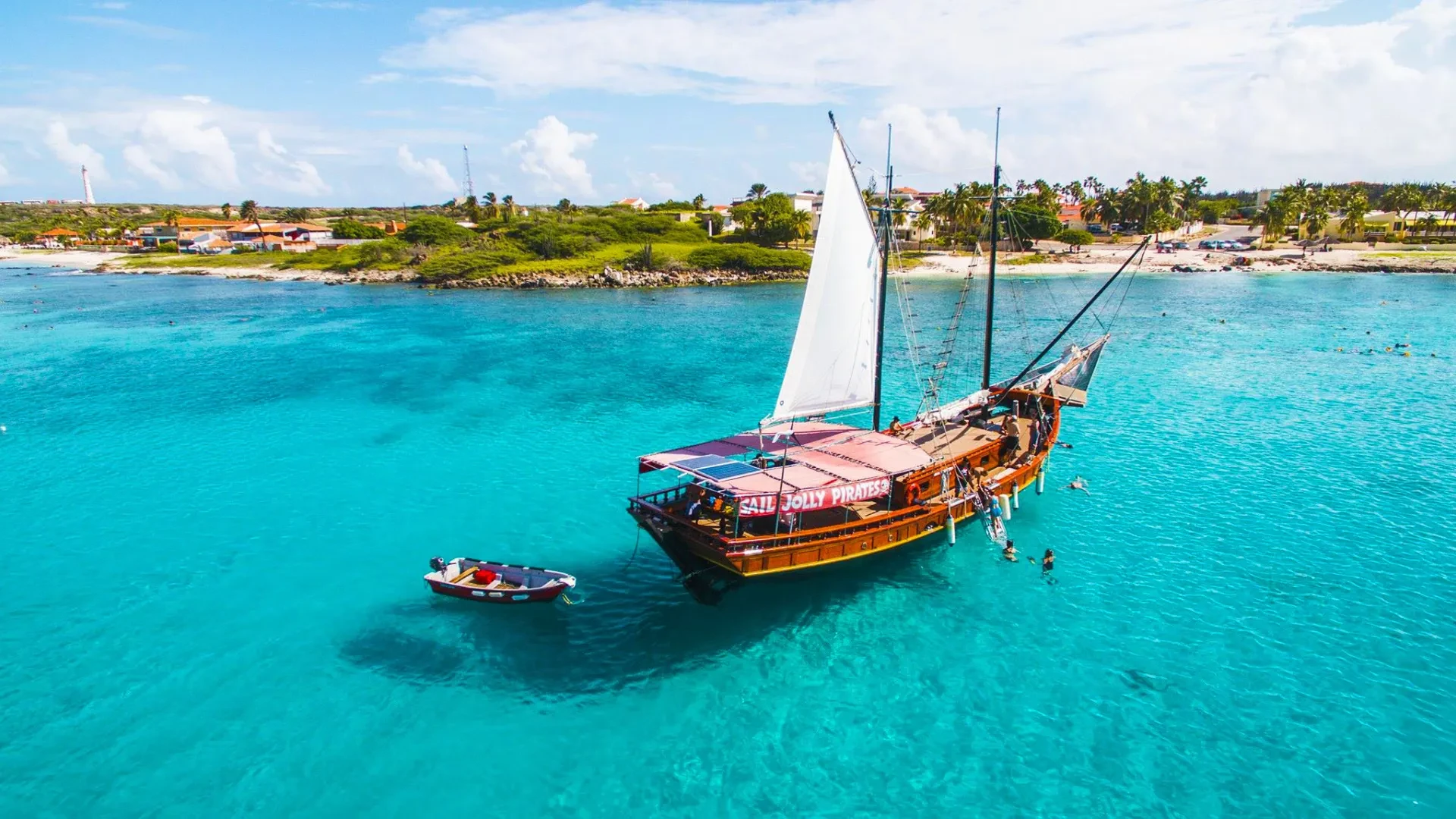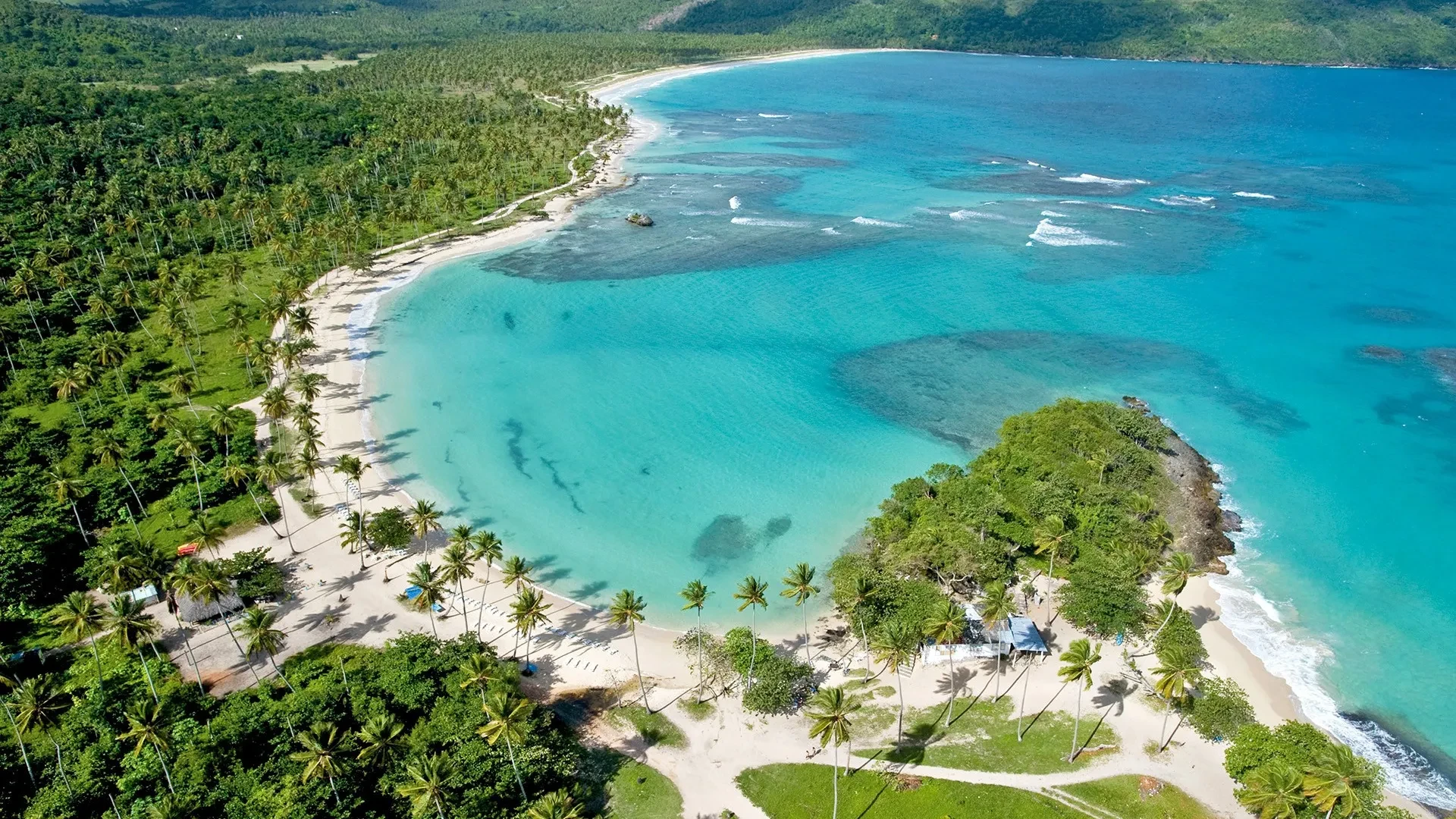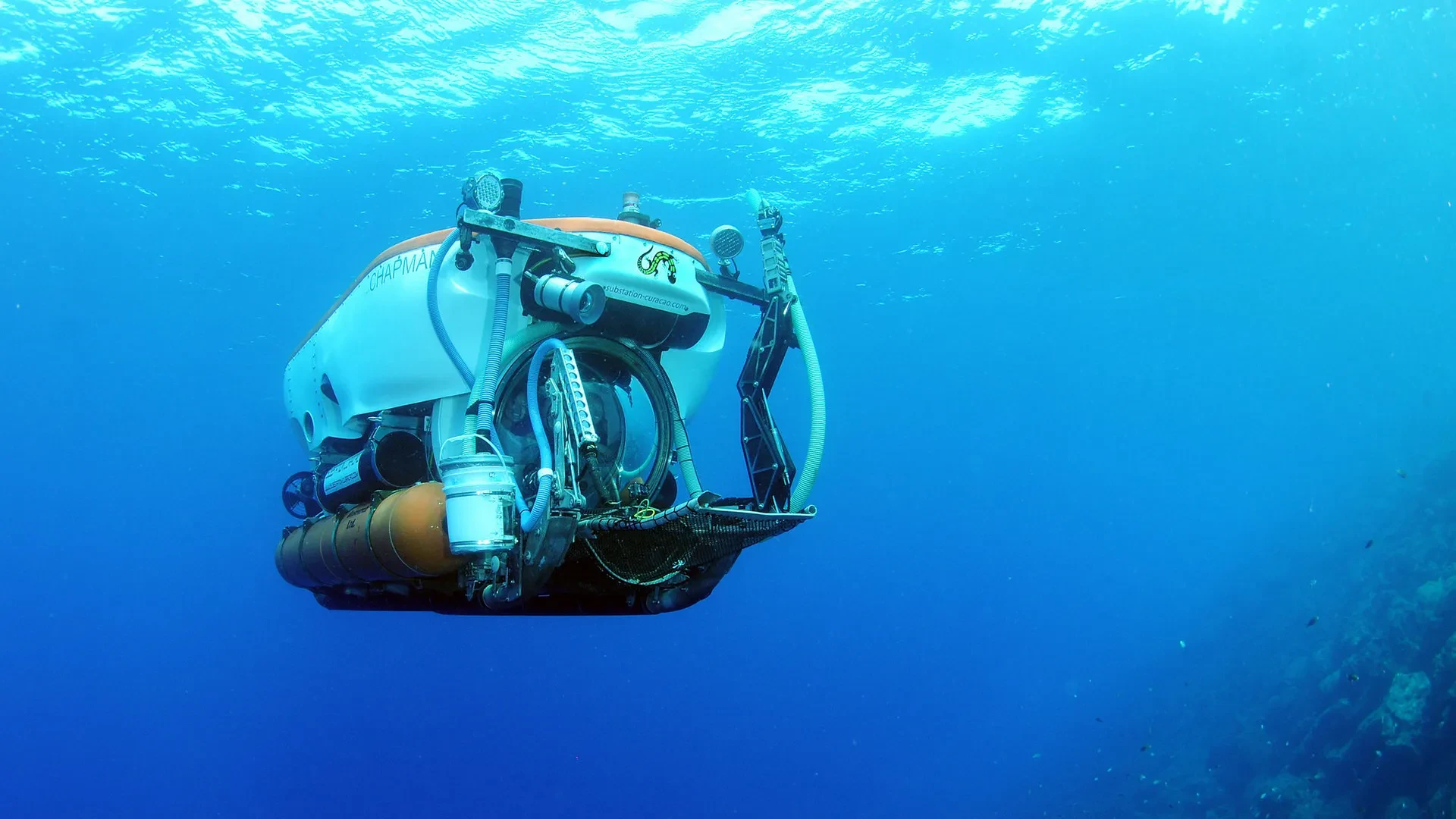Levente
September 08.
Been there. Done that.
Been there. Done that.
September 08.
Hurricanes are among the most devastating natural disasters on the planet, bringing catastrophic winds, flooding, and extensive destruction. Throughout history, the worst hurricanes ever have left communities shattered and caused unimaginable human and economic losses.
Understanding the history of these powerful storms—especially the deadliest hurricanes and the most destructive hurricanes worldwide — is crucial for improving preparedness and reducing future risks. By learning from past hurricane disasters, we can better protect communities, save lives, and minimize damage.
In this article, we’ll explore the 10 most devastating hurricanes in history, examining their impact, damage, and the critical lessons each disaster taught humanity.
So what are the top 10 most devastating hurricanes in history?

The Great Galveston Hurricane formed in the Atlantic Ocean in late August 1900, intensifying rapidly as it moved across the Caribbean Sea toward the Gulf of Mexico. On September 8, this Category 4 hurricane made a direct landfall on Galveston, Texas, bringing winds estimated at over 140 mph and generating a massive storm surge.
The devastation was unprecedented, with an estimated 8,000 to 12,000 fatalities, making it the deadliest hurricane in U.S. history. Entire neighborhoods were washed away, leaving thousands homeless and causing extensive economic losses exceeding $30 million at the time (equivalent to over $1 billion today).

The Great Galveston Hurricane fundamentally changed how the United States approached hurricane preparedness. Its catastrophic impact led to the construction of the Galveston Seawall and prompted improved forecasting methods, marking a turning point in disaster readiness and coastal infrastructure development.

Hurricane Katrina formed over the Bahamas in late August 2005, quickly strengthening into a Category 5 storm as it moved westward into the Gulf of Mexico. It weakened slightly before making landfall as a powerful Category 3 hurricane near New Orleans, Louisiana, on August 29, causing widespread destruction along the Gulf Coast.
Katrina caused catastrophic flooding when levees protecting New Orleans failed, leaving approximately 80% of the city submerged. Over 1,200 people lost their lives, and the storm became the costliest hurricane ever recorded, with damages estimated around $125 billion.

Hurricane Katrina left lasting social, economic, and environmental scars. Thousands of residents were permanently displaced, neighborhoods took years to recover, and the disaster led to significant reforms in emergency management and disaster preparedness nationwide.

Hurricane Mitch formed in late October 1998 over the Caribbean Sea, rapidly intensifying into a Category 5 storm with sustained winds exceeding 180 mph. As it moved slowly westward, Mitch weakened but brought extreme rainfall, causing catastrophic flooding throughout Central America, especially in Honduras and Nicaragua.
The relentless rains triggered devastating mudslides and floods, resulting in over 9,000 deaths, primarily in Honduras and Nicaragua. Entire towns and infrastructure were destroyed, with economic losses exceeding $6 billion, leaving millions homeless and causing widespread humanitarian crises.

The international community responded with significant humanitarian aid and reconstruction support, highlighting the critical importance of effective early-warning systems and sustainable infrastructure. Hurricane Mitch served as a powerful reminder of the need for improved disaster preparedness, shaping policies across Central America.

Hurricane Maria formed in September 2017, rapidly intensifying into a Category 5 storm as it moved across the Caribbean. It struck Dominica first with devastating force, then continued northwestward, making landfall in Puerto Rico on September 20 as a powerful Category 4 hurricane.
Maria caused catastrophic damage across Puerto Rico, destroying critical infrastructure and leaving the island without electricity, clean water, and essential services for months. Approximately 2,975 deaths were attributed to the storm, and total economic losses reached an estimated $90 billion, making it one of the costliest hurricanes ever recorded.

Puerto Rico faced immense challenges during recovery, including prolonged power outages, infrastructure collapse, and delayed relief responses. Despite these difficulties, communities demonstrated remarkable resilience, leading to widespread rebuilding efforts, strengthened disaster preparedness, and significant improvements in emergency response systems.

Hurricane Irma emerged in late August 2017 in the eastern Atlantic Ocean, quickly intensifying to a powerful Category 5 hurricane. Irma set records with sustained winds of up to 185 mph, sweeping across several Caribbean islands before making landfall in the Florida Keys and southwestern Florida.
Irma caused catastrophic devastation throughout the Caribbean—particularly in Barbuda, Saint Martin, and the Virgin Islands—destroying homes, infrastructure, and tourism facilities. In Florida, widespread flooding, wind damage, and power outages occurred, contributing to total economic losses estimated at approximately $77.2 billion.

The destruction caused by Hurricane Irma underscored critical gaps in disaster preparedness and emergency response. As a result, significant advancements were made in hurricane forecasting, evacuation protocols, and infrastructure resilience, improving preparedness for future storms.

Hurricane Ike formed in early September 2008 over the Atlantic Ocean, intensifying as it traveled westward through the Caribbean Sea. Ike made landfall in Cuba as a powerful Category 4 storm, causing severe damage, before continuing into the Gulf of Mexico and striking Galveston, Texas, as a large Category 2 hurricane.
The hurricane inflicted extensive destruction, especially in Cuba, Texas, and along the U.S. Gulf Coast. In Galveston, Ike triggered massive flooding and widespread infrastructure damage, leading to power outages affecting millions. Economic losses from the storm reached approximately $38 billion.

Hurricane Ike prompted significant changes in building codes and coastal protection strategies. Communities adopted stricter building regulations, improved flood defenses, and strengthened disaster management protocols to better withstand future hurricanes.

Hurricane Andrew formed in August 1992 in the Atlantic Ocean, rapidly intensifying into a Category 5 storm with maximum winds of 175 mph. It made landfall near Homestead, Florida, on August 24, causing unprecedented damage before moving on to Louisiana as a weaker but still destructive storm.
Andrew devastated South Florida, leveling entire neighborhoods, destroying over 63,000 homes, and leaving hundreds of thousands homeless. The hurricane resulted in 65 fatalities and caused approximately $27.3 billion in damages, making it one of the costliest disasters in U.S. history at that time.

The widespread devastation caused by Hurricane Andrew led to significant reforms in building regulations, particularly in Florida. The hurricane’s impact highlighted weaknesses in construction standards, resulting in stringent new building codes designed to withstand future storms and greatly influencing hurricane preparedness nationwide.

Hurricane Wilma formed in October 2005, quickly intensifying in the Caribbean Sea to become the most intense Atlantic hurricane ever recorded, with record-low central pressure. After striking Mexico’s Yucatán Peninsula as a Category 4 storm, Wilma weakened slightly but still caused extensive damage upon reaching southern Florida.
Wilma left widespread destruction in Cancún, Cozumel, and across the Yucatán Peninsula, severely damaging tourism infrastructure. In Florida, the storm caused major flooding, extensive property damage, and prolonged power outages, leading to total economic losses of approximately $22.4 billion.

The severity of Wilma’s impact highlighted vulnerabilities in emergency response and disaster planning. Consequently, significant improvements were made in evacuation strategies, communication systems, and infrastructure resilience, fundamentally reshaping how communities prepared for future hurricanes.

Hurricane Sandy, also known as "Superstorm Sandy," formed in late October 2012 and exhibited unique hybrid characteristics—combining tropical and extratropical storm features. Sandy took an unusual path, curving northwestward and making landfall along the New Jersey coastline, impacting densely populated areas in the northeastern United States.
Sandy caused devastating flooding, storm surges, and widespread power outages, particularly affecting New York City and New Jersey. Critical infrastructure, including subway systems, roads, and thousands of homes, suffered severe damage, resulting in economic losses exceeding $70 billion.

In the aftermath, significant efforts were made to improve urban resilience and coastal management. Sandy prompted the implementation of new flood defenses, stricter building codes, and comprehensive emergency preparedness plans designed to protect vulnerable coastal communities from future storms.

Hurricane Harvey developed in August 2017, rapidly intensifying over the Gulf of Mexico before making landfall near Rockport, Texas, as a Category 4 storm. Uniquely, Harvey stalled over southeastern Texas, causing prolonged and unprecedented rainfall across the Houston metropolitan area.
Harvey triggered catastrophic flooding in Houston, resulting in the displacement of tens of thousands of residents and extensive infrastructure damage. Economic losses reached an estimated $125 billion, tying Harvey with Hurricane Katrina as the costliest hurricane on record in U.S. history.

Hurricane Harvey prompted significant changes in flood management, urban planning, and disaster preparedness strategies. Communities implemented innovative flood control projects, enhanced zoning laws, and developed better evacuation protocols to prevent similar devastation in the future.

Hurricanes form through a series of atmospheric conditions and stages:
Hurricanes typically weaken significantly after reaching land or moving over cooler ocean water, as their primary source of energy — warm ocean moisture — is no longer available.





Hurricanes, cyclones, and typhoons are essentially the same type of storm, characterized by strong winds, heavy rainfall, and devastating flooding. The main difference between these terms is geographical: storms in the North Atlantic and Northeast Pacific Oceans are called hurricanes, while similar storms in the South Pacific and Indian Oceans are called cyclones.
In the Northwest Pacific, they're known as typhoons. Despite different names, all these storms share similar characteristics and form under comparable conditions. Understanding these distinctions can help clear up confusion and improve preparedness globally.
Storm surge refers to the abnormal rise in seawater levels caused primarily by a hurricane's strong winds pushing water toward shore, combined with the low pressure at the storm’s center. Often the deadliest and most destructive element of a hurricane, storm surge can overwhelm coastal areas rapidly, leading to catastrophic flooding and extensive property damage.
Given its potential for catastrophic damage and loss of life, storm surge forecasts and evacuation warnings should always be taken seriously, even in lower-category storms.
For more information on the worst hurricanes in history, click the link below.
|
|

The worst hurricanes in history share common characteristics: extreme wind speeds, devastating storm surges, intense rainfall, and slow-moving trajectories, all amplifying their destructive power. These storms often expose vulnerabilities in infrastructure, emergency preparedness, and disaster response.
By examining the worst hurricanes ever, communities gain critical insights that drive improvements in forecasting, urban planning, and emergency protocols. Understanding these historical lessons isn't just valuable — it's essential for saving lives and protecting communities from future disasters in 2025.
When a hurricane warning is issued, it means that hurricane conditions are expected in the specified area, typically within 36 hours. It is a critical alert from meteorological authorities, signaling that powerful winds, heavy rainfall, and potential storm surges are imminent. Residents in the affected areas must take immediate action to secure their safety.
During a hurricane warning, it is essential to follow local authorities' guidance, which may include evacuating to a safer location. Preparing beforehand is crucial, as last-minute efforts can be risky. This preparation involves securing homes, gathering emergency supplies, and staying informed through reliable weather updates.
Hurricanes become especially deadly due to storm surges, heavy flooding, intense winds, and tornadoes they can spawn. Storm surges—rapid rises in seawater level caused by strong winds pushing water onshore—are often the greatest threat to life. Flooding from heavy rainfall can persist days after landfall, further increasing dangers and damage.
The costliest hurricane in history was Hurricane Katrina (2005), causing an estimated $125 billion in damage (adjusted for inflation, around $190 billion today). Katrina devastated areas along the U.S. Gulf Coast, particularly New Orleans, resulting in widespread flooding, infrastructure destruction, and significant loss of life. 2025 is expected to be an active year for hurricanes, probably causing considerable damage.
Hurricane forecasting has improved dramatically due to advancements in satellite technology, computer modeling, and data analysis. Satellites now provide continuous monitoring of storms, while sophisticated computer models predict hurricane tracks and intensity days in advance. Better data collection methods and real-time communication have significantly increased forecasting accuracy, giving communities more time to prepare.
Hurricanes most frequently affect areas bordering the Atlantic Ocean, Gulf of Mexico, and Caribbean Sea, particularly regions like the U.S. Gulf Coast (Florida, Louisiana, Texas), Caribbean islands (Bahamas, Puerto Rico, Cuba), Central America, and parts of the southeastern United States. Additionally, coastal areas in East Asia and the Western Pacific regularly experience tropical cyclones (called typhoons), while the eastern coasts of India and Bangladesh face cyclones originating in the Indian Ocean.
The 1935 Labor Day Hurricane (Category 5) was Florida's strongest, killing over 400 people. Other severe storms include Hurricane Andrew (1992) and Hurricane Ian (2022), causing extensive destruction and economic losses.

Creating this travel magazine takes an insane amount of time and money. If you’ve found it useful and would like to support me in helping other travelers like you, your donation would go a long way. Thanks, you’re the best!





